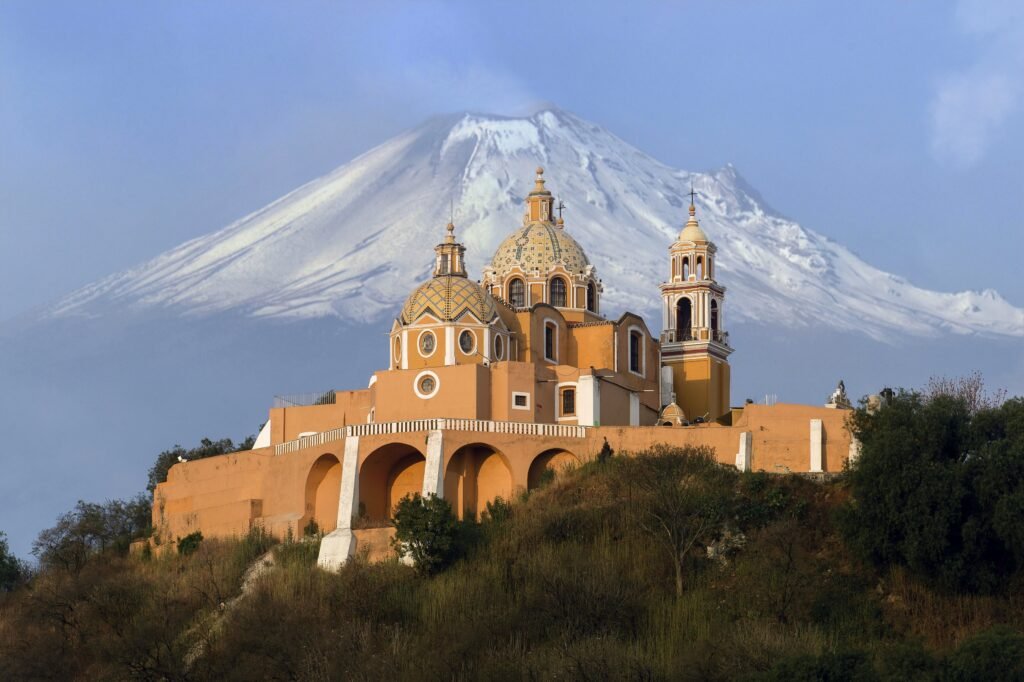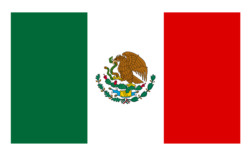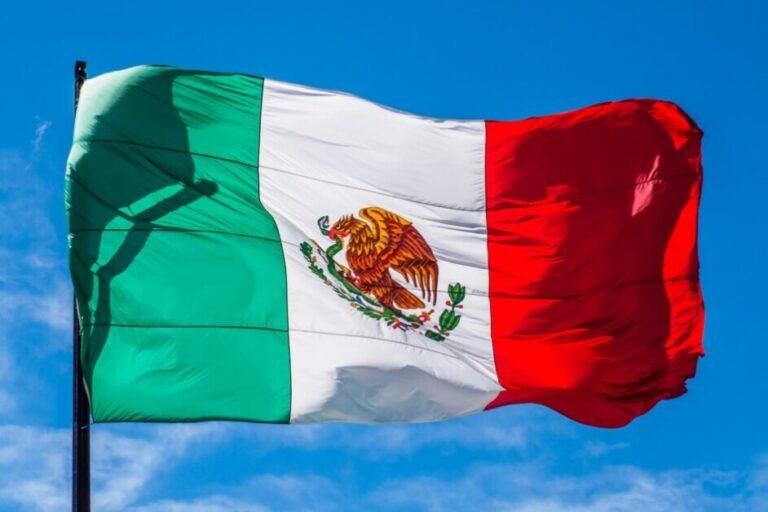What Year Did Spain Invade Mexico?
Did you ever wonder about the year Spain invaded Mexico? If so, you’ve come to the right place! In this article, we will provide you with fascinating facts and information about the flag of Mexico and Mexican culture. But let’s not get ahead of ourselves just yet – first, let’s delve into the historical question at hand: what year did Spain invade Mexico?
Spain’s Influence in Mexico
Throughout history, Spain has had a profound influence on Mexico. From early explorations to colonization and the introduction of Christianity, Spain’s impact on Mexico’s culture, language, and history cannot be understated.
Early Spanish explorations
Spain’s interest in Mexico can be traced back to the early 16th century when Spanish explorers began venturing into the New World. Led by figures such as Christopher Columbus and Hernán Cortés, these explorers sought to expand Spain’s empire and find new trade routes.
Colonization of Mexico
The colonization of Mexico began in 1519, when Hernán Cortés led an expedition to the Yucatán Peninsula. Over the next few years, the Spanish established settlements and eventually conquered the powerful Aztec Empire, led by Emperor Moctezuma II.
Introducing Christianity
Alongside their colonization efforts, the Spanish also sought to spread Christianity. Catholic missionaries played a significant role in converting the indigenous people of Mexico to the Catholic faith. Churches and cathedrals were built, and Christian customs and teachings were introduced, leaving a lasting impact on Mexican society.
Events Leading to the Spanish Invasion
Understanding the events that led to the Spanish invasion of Mexico is crucial to grasping its historical significance. Several factors influenced Spain’s decision to invade Mexico.
Political situation in Mexico
At the time of the Spanish invasion, Mexico was not a unified country but rather a region consisting of various city-states and empires. The political landscape was fragmented, making it more susceptible to conquering forces from outside.
Aztec Empire and its power
The Aztec Empire, led by Emperor Moctezuma II, was one of the most powerful and advanced civilizations in the region. Its wealth and resources made it an enticing target for the Spanish, who sought to exploit these riches.
Desire for wealth and resources
Spain, driven by its thirst for wealth and resources, saw the New World as an opportunity to acquire riches beyond imagination. The allure of gold, silver, and other valuable commodities motivated the Spanish invasion of Mexico.
The Spanish Invasion of Mexico
The Spanish invasion of Mexico was a pivotal event in both Mexican and Spanish history. The following subsections shed light on the key aspects of this invasion.
Arrival of Hernán Cortés
In 1519, Hernán Cortés arrived on the shores of Mexico with his expedition. Coming ashore near Veracruz, Cortés and his men embarked on a mission to conquer the Aztec Empire and claim its riches for Spain.
Initial encounters with the Aztecs
Cortés and his men made initial contact with the Aztecs, led by Emperor Moctezuma II. The Aztec ruler welcomed the Spanish, initially mistaking them for gods. However, tensions soon arose, leading to conflict between the two sides.
Capture of Tenochtitlán
In 1521, after a series of battles and alliances with indigenous groups opposed to the Aztec Empire, Cortés successfully laid siege to the Aztec capital, Tenochtitlán. The city was captured, marking the end of Aztec rule and the beginning of Spanish domination in Mexico.
Consequences of the Spanish Invasion
The Spanish invasion of Mexico had far-reaching consequences that shaped the course of Mexican history for centuries to come.
Fall of the Aztec Empire
One of the most significant consequences of the Spanish invasion was the downfall of the Aztec Empire. The once powerful empire, with its rich culture and traditions, was brought to its knees by the Spanish forces.
Establishment of New Spain
Following the capture of Tenochtitlán, the Spanish established New Spain as a colony. The territory encompassed present-day Mexico, Central America, and parts of the United States, and remained under Spanish rule for over three centuries.
Forced conversions and cultural assimilation
Under Spanish rule, the indigenous population of Mexico was subjected to forced conversions to Catholicism and cultural assimilation. Indigenous languages and customs faced suppression, leading to the blending of European and indigenous traditions.
Retaking Mexico from Spain
After centuries of Spanish colonial rule, Mexico began its struggle for independence. Several movements and events paved the way for Mexico’s eventual independence from Spain.
Independence movements
During the early 19th century, various independence movements arose throughout Mexico. Prominent figures such as Miguel Hidalgo and José Morelos championed the cause of independence, inspiring many Mexicans to fight for their freedom.
The Mexican War of Independence
The Mexican War of Independence, which began in 1810, played a decisive role in Mexico’s path towards independence. After a decade-long struggle, Mexico finally achieved its independence from Spain in 1821.
Mexico’s emergence as a sovereign nation
With Spain’s grip loosened, Mexico emerged as a sovereign nation. However, the road to stability and self-governance was not without its challenges, as Mexico navigated internal conflicts and external pressures from other nations.
Impact of Spanish Invasion on Mexican Culture
The Spanish invasion left an indelible mark on Mexican culture. The blending of Spanish and indigenous traditions resulted in a unique cultural tapestry that is distinctly Mexican.
Spanish language and influence
One of the most significant impacts of the Spanish invasion was the introduction of the Spanish language. Spanish became the dominant language in Mexico, displacing indigenous languages to varying degrees. Spanish influence can also be seen in Mexican cuisine, architecture, and art.
Mixing of European and indigenous traditions
The fusion of European and indigenous traditions created a rich and diverse cultural landscape in Mexico. This blending is evident in traditional celebrations, such as Día de los Muertos, which incorporate elements of pre-Hispanic beliefs alongside Catholic practices.
Religious syncretism
The forced conversion of indigenous people to Catholicism led to a blending of religious beliefs and practices. This syncretism resulted in a unique form of Catholicism in Mexico, with indigenous elements intertwined with Spanish Catholic traditions.

Legacy of the Spanish Invasion
The legacy of the Spanish invasion continues to shape Mexico’s identity and collective memory even today.
Deep-rooted cultural heritage
The Spanish invasion laid the foundation for Mexico’s deep-rooted cultural heritage. The blending of Spanish and indigenous cultures has created a vibrant and diverse society, celebrated both within Mexico and abroad.
Mexico’s complex history
The Spanish invasion is a defining chapter in Mexico’s complex history. It serves as a reminder of the struggles and triumphs that have shaped the country, fostering a sense of resilience and national pride.
Controversies and ongoing debates
The Spanish invasion has also sparked controversies and ongoing debates surrounding issues such as the treatment of indigenous populations, cultural assimilation, and the impact of colonialism. These discussions continue to shape public discourse and efforts towards reconciliation.
Spanish-Mexican Relations Today
Despite the tumultuous history, Spanish-Mexican relations have evolved over the centuries and are characterized by diplomatic ties, cultural exchanges, and economic cooperation.
Diplomatic ties
Spain and Mexico maintain diplomatic relations, fostering cooperation on various fronts, including trade, immigration, and cultural exchange. High-level visits and diplomatic engagement continue to strengthen the bond between the two nations.
Cultural exchanges
Cultural exchanges between Spain and Mexico are vibrant and multi-faceted. Artists, musicians, writers, and scholars from both countries actively contribute to the cultural dialogue, enriching each other’s artistic and intellectual landscapes.
Tourism and economic cooperation
Spain is a popular tourist destination for Mexicans, and Mexico has become an attractive location for Spanish visitors. Tourism plays a significant role in fostering connections and economic cooperation between the two countries.
Museums and Historical Sites
Numerous museums and historical sites in Mexico showcase the country’s rich history and the influence of Spain’s invasion.
National Museum of Anthropology
The National Museum of Anthropology in Mexico City is a treasure trove of artifacts and exhibits that highlight the diverse indigenous cultures of Mexico, providing insight into the pre-Hispanic era and the impact of Spanish colonization.
Templo Mayor
The Templo Mayor, located in the heart of Mexico City, is an archaeological site that was once the center of the Aztec capital, Tenochtitlán. The ruins offer a glimpse into the magnificence of the Aztec civilization and the layers of history that define modern-day Mexico.
Palace of the Viceroy
The Palace of the Viceroy, located in Mexico City’s Historic Center, is an architectural marvel that speaks to the enduring influence of Spanish colonial rule. The palace stands as a reminder of Mexico’s colonial past and its rich architectural heritage.
Spanish Influence in Mexico’s Flag
The design of Mexico’s flag incorporates elements that reflect Spain’s influence and symbolize the country’s history and identity.
Design elements and colors
Mexico’s flag features three vertical stripes: green, white, and red. The green stripe represents hope, the white stripe symbolizes purity, and the red stripe represents the bloodshed in Mexico’s struggle for independence.
Symbolism and historical context
The emblem in the center of the flag, known as the Coat of Arms, is a symbol of Mexico’s rich heritage. It includes an eagle perched on a cactus devouring a serpent, a reference to an ancient Aztec legend that signaled the founding of Tenochtitlán.
Evolution of the Mexican flag
Over the years, Mexico’s flag has undergone some changes in design, but its core symbolism remains intact. The current design, adopted in 1968, is a culmination of centuries of Mexican history and the enduring influence of Spain.
In conclusion, Spain’s influence in Mexico is a complex and multi-faceted topic that spans centuries of history. From early explorations to colonization and the introduction of Christianity, Spain’s impact on Mexico’s culture, language, and history is undeniable. The Spanish invasion of Mexico, with its conquest of the Aztec Empire and subsequent establishment of New Spain, had lasting consequences that continue to shape Mexico’s cultural heritage. Today, Spanish-Mexican relations are characterized by diplomatic ties, cultural exchanges, and economic cooperation, further solidifying the historical ties between the two nations. Mexico’s flag serves as a visual representation of Spain’s influence, reflecting the country’s history and identity. Museums and historical sites in Mexico provide a glimpse into this rich history, inviting visitors to explore and appreciate the legacy of the Spanish invasion.











